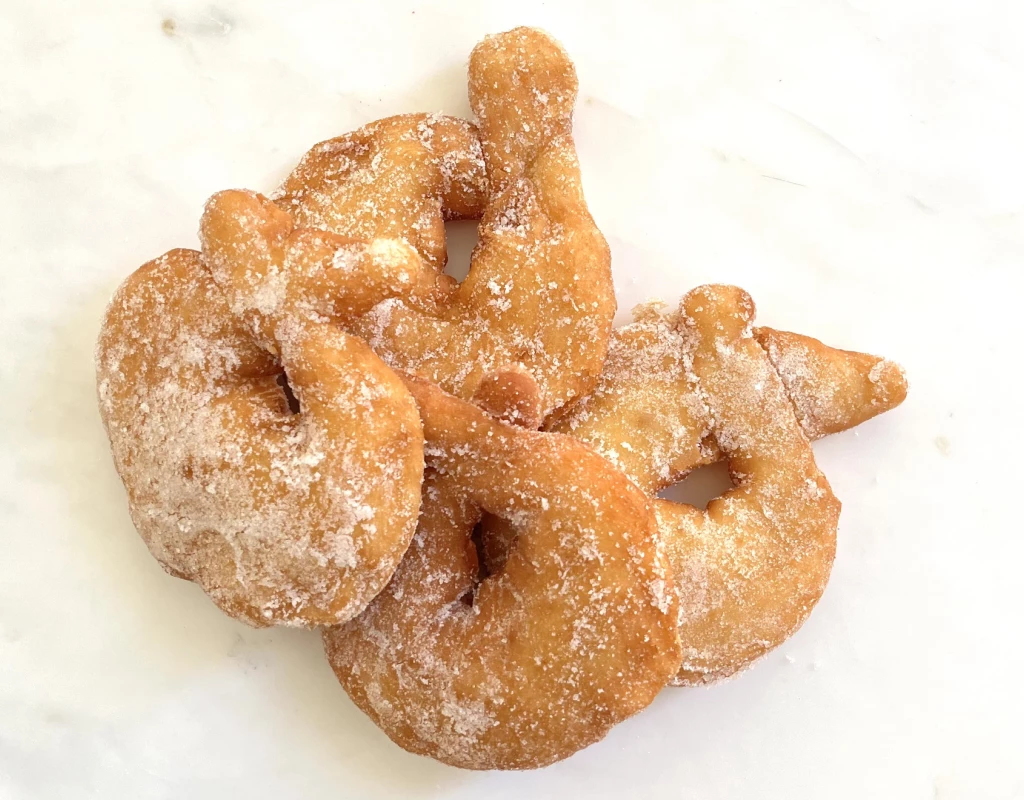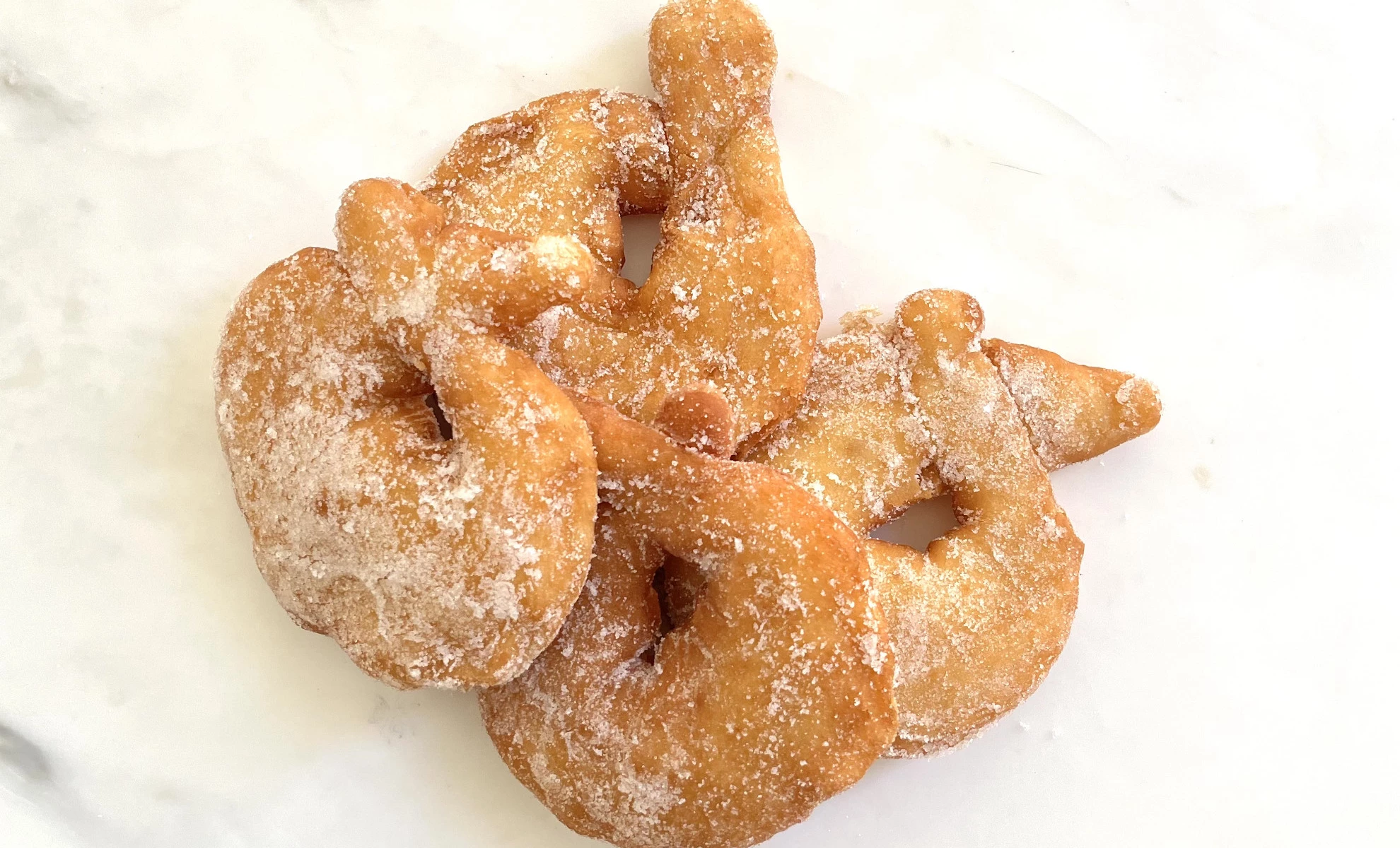A thin line connects Austria to Naples, and it is not just geographic. What we are talking about can be found in the house of Hapsburgs, who reigned in Naples since 1707 and brought with it some recipes and traditions of its land.
On the other hand, nobody likes to give up their habits, especially at the table. Naples preserves a wide and varied culinary tradition thanks to the many dynasties it had: from the Normans to the Bourbons, from the Swabians to the Angevins.
The ingredients | Ph. Machi di Pace
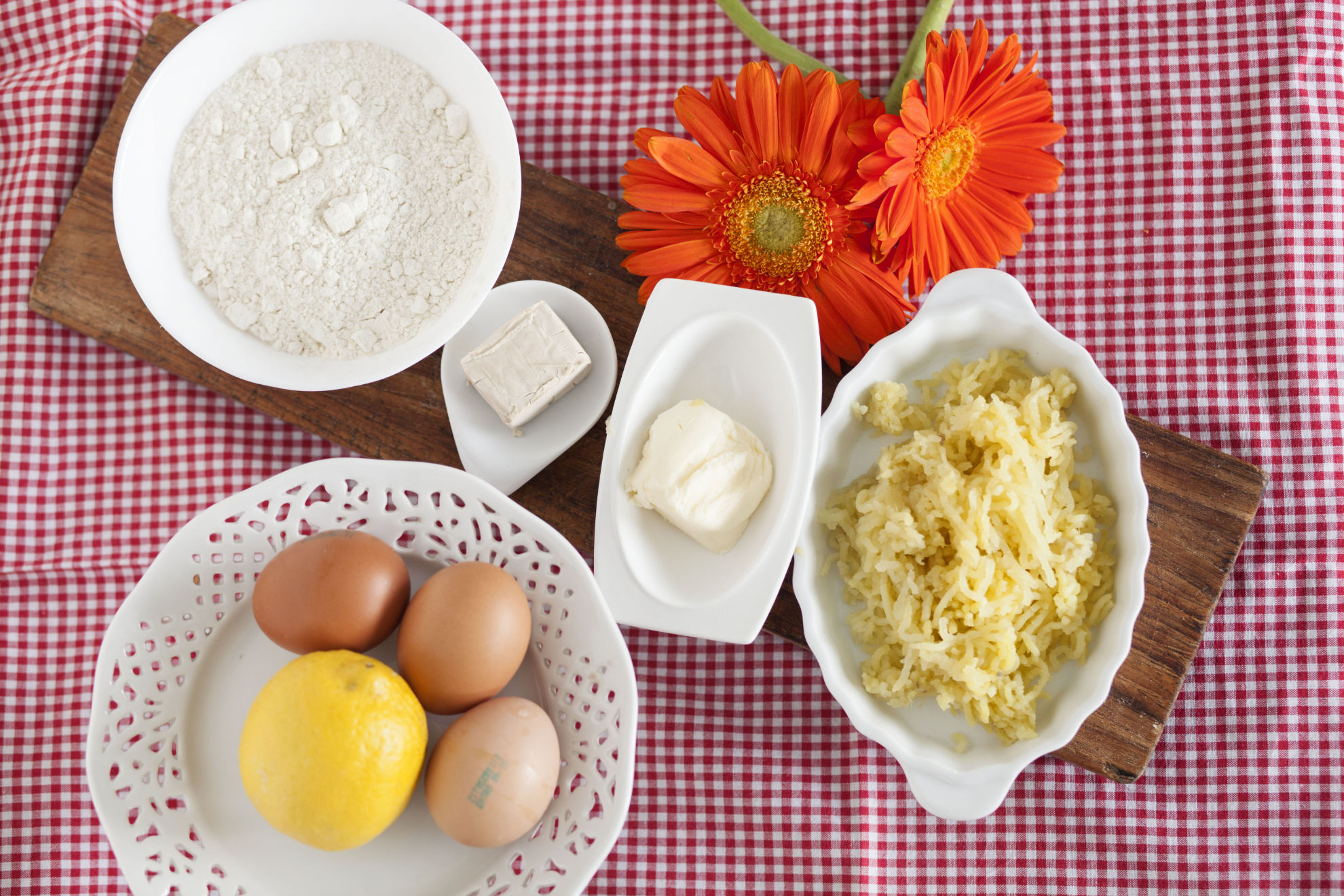
The Habsburgs brought with it one of the most popular desserts in the city, as well as the supreme example of tasty street food: the graffa. A sort of donut made of water, flour, yeast and boiled potatoes, then fried and sprinkled with sugar. A little moment of happiness for the senses of the Neapolitans, especially at breakfast.
The dough | Ph. Machi di Pace
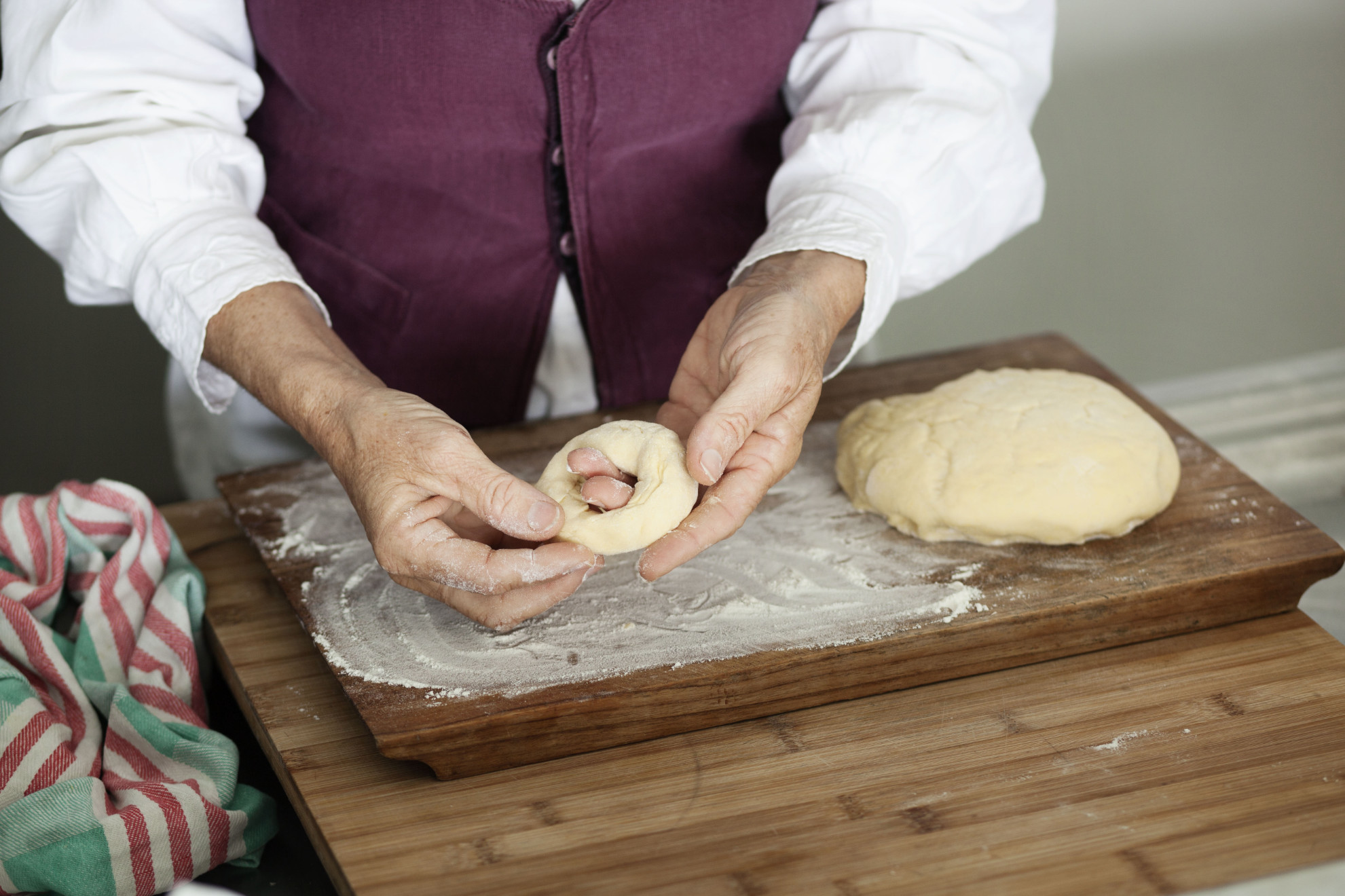
The Neapolitan graffa seems to have taken its origins from the German and Austrian Krapfen. With the difference that the latter, widespread throughout Central Europe, does not have the typical hole in the middle of the dough and is often filled with jam. The word Krapfen (from the Lombard Krapfo, which means “claw” or “hook”) in the Neapolitan language became “graffa”. In old German this word was used to identify the shape of the cake, which was then “rounded” thanks to the version prepared in Naples.
However, the name is not the only difference. On the throne of Naples sat many kings and dynasties. Including that of Maria Carolina of Habsburg Lorraine who, despite the name of her family, was very attached to France, where her sister Marie Antoinette was.
The frying | Ph. Machi di Pace
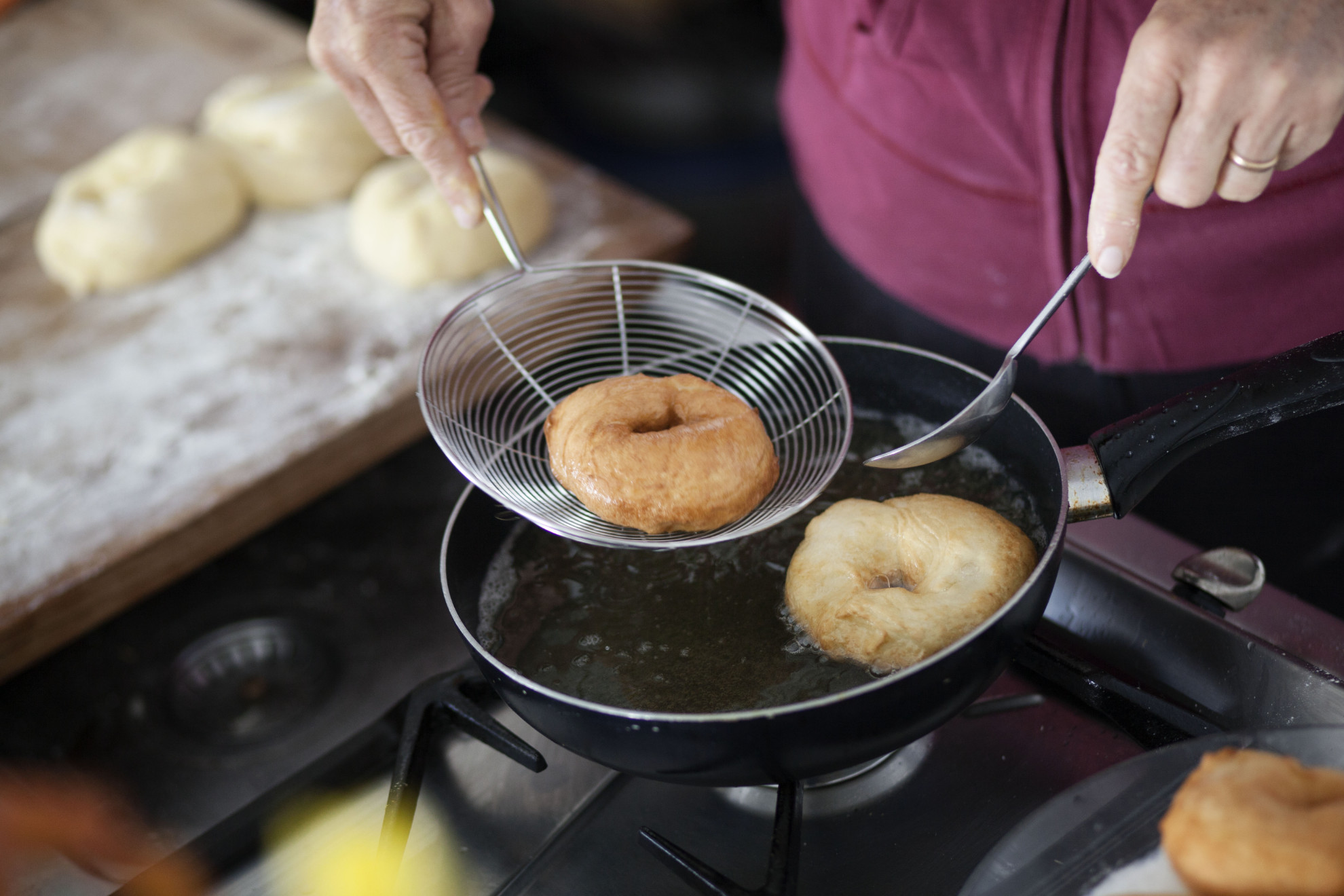
The queen thus decided to take to court the best transalpine chefs of the eighteenth century, those who in Naples were called the "Monsù". They added the potato to the graffa dough: to make the final consistency of the dessert softer. And so, while in Northern and Central Europe the ancient recipe made only of water, flour and yeast continued to be used, in the Mediterranean Sea the famous tuber was also added to the dough. And since the consistency of the graffa was already very soft, the filling was not used, unlike the Central European ancestor.
Ph. Machi di Pace
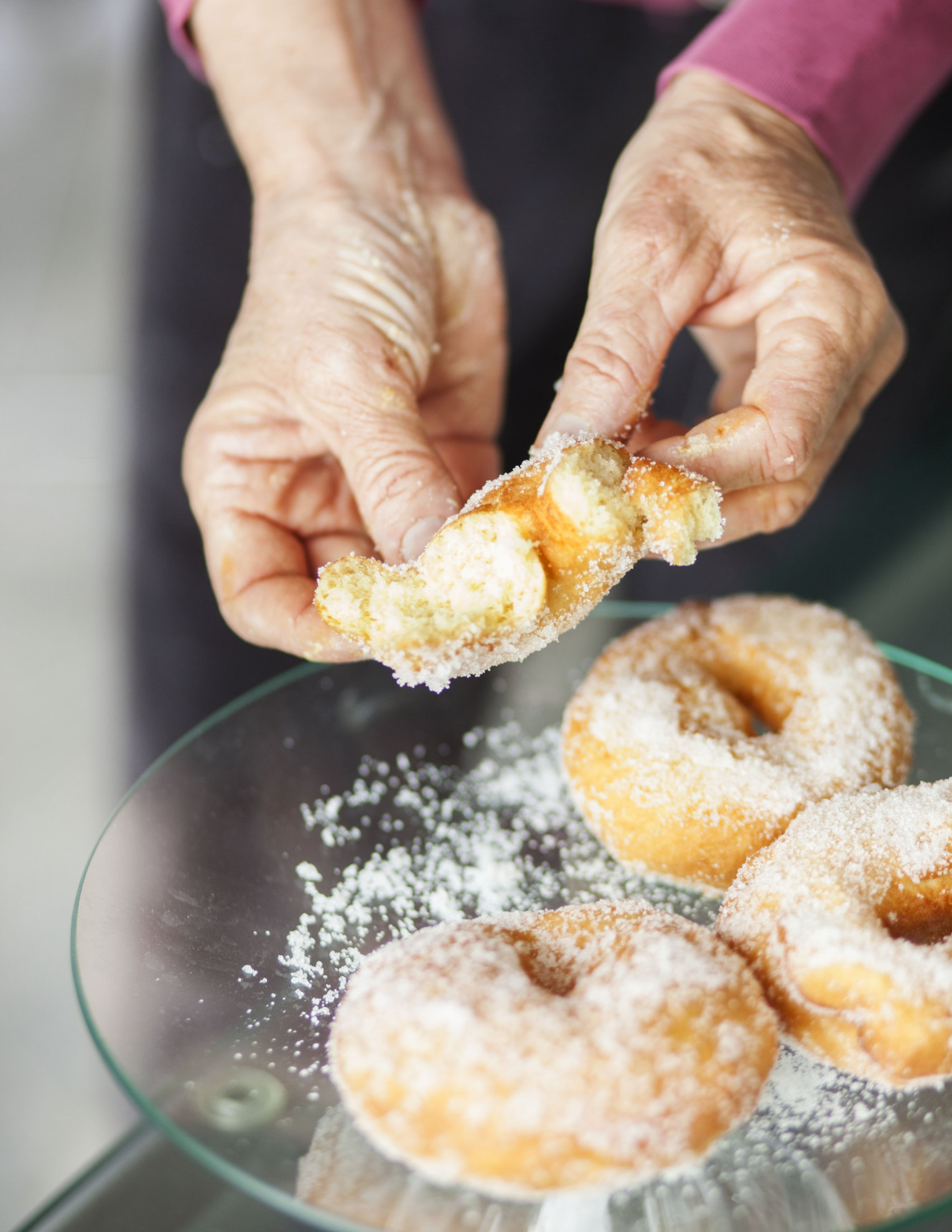
Ph. Machi di Pace
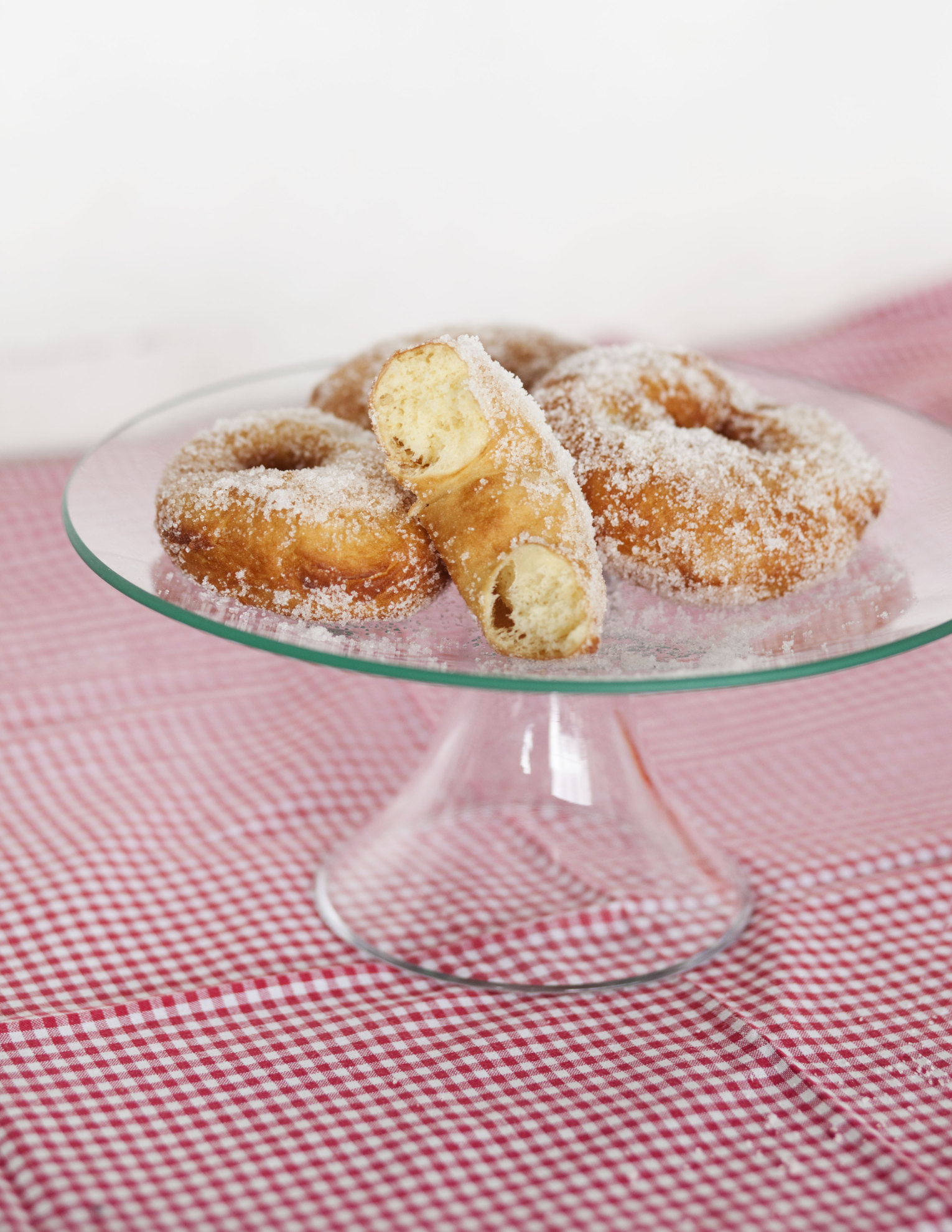
Nowadays, the graffa is considered a Carnival sweet. But unlike typical products such as pastiera and rococo - intimately linked to festive periods such as Easter and Christmas – graffa has been so appreciated that it has now become a dessert to be prepared all year round. And to eat all year round, it is no coincidence that it is a typical expression of Neapolitan street food.
Yet another demonstration of how cooking in the shadow of Vesuvius assimilated and reworked any tradition: a meeting place of different popular origins, where they found the most sublime synthesis.
